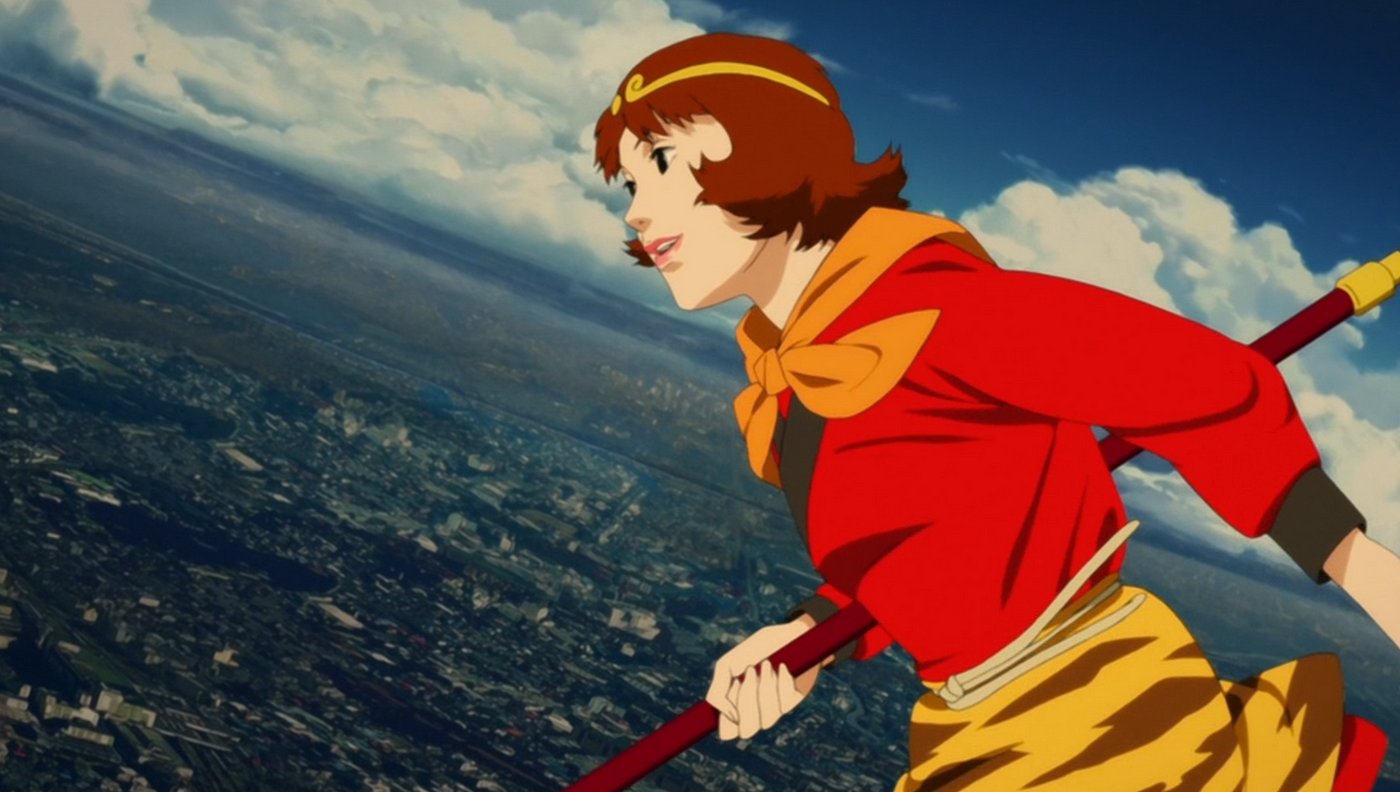Satoshi Kon’s 2006 anime film Paprika delves into the intricate interplay between dreams and reality. The narrative centers around a revolutionary device, the DC Mini, which allows therapists to enter and interact with patients’ dreams. When the device is stolen, the boundaries between the dream world and the waking world begin to blur, leading to a cascade of surreal events that challenge the protagonists’ perceptions of reality.
Paprika stands out for its vivid animation and complex storytelling, weaving together elements of science fiction and psychological thriller. The film explores themes of identity, consciousness, and the subconscious mind, prompting viewers to question the nature of their own realities. Its influence is evident in subsequent works that explore similar themes, such as Christopher Nolan’s Inception.
Beyond its narrative, Paprika serves as a commentary on the power of dreams and the human psyche. It invites audiences to reflect on how dreams can influence emotions, behaviors, and perceptions. By blurring the lines between the real and the imagined, the film challenges viewers to consider the impact of their inner worlds on their external experiences.





